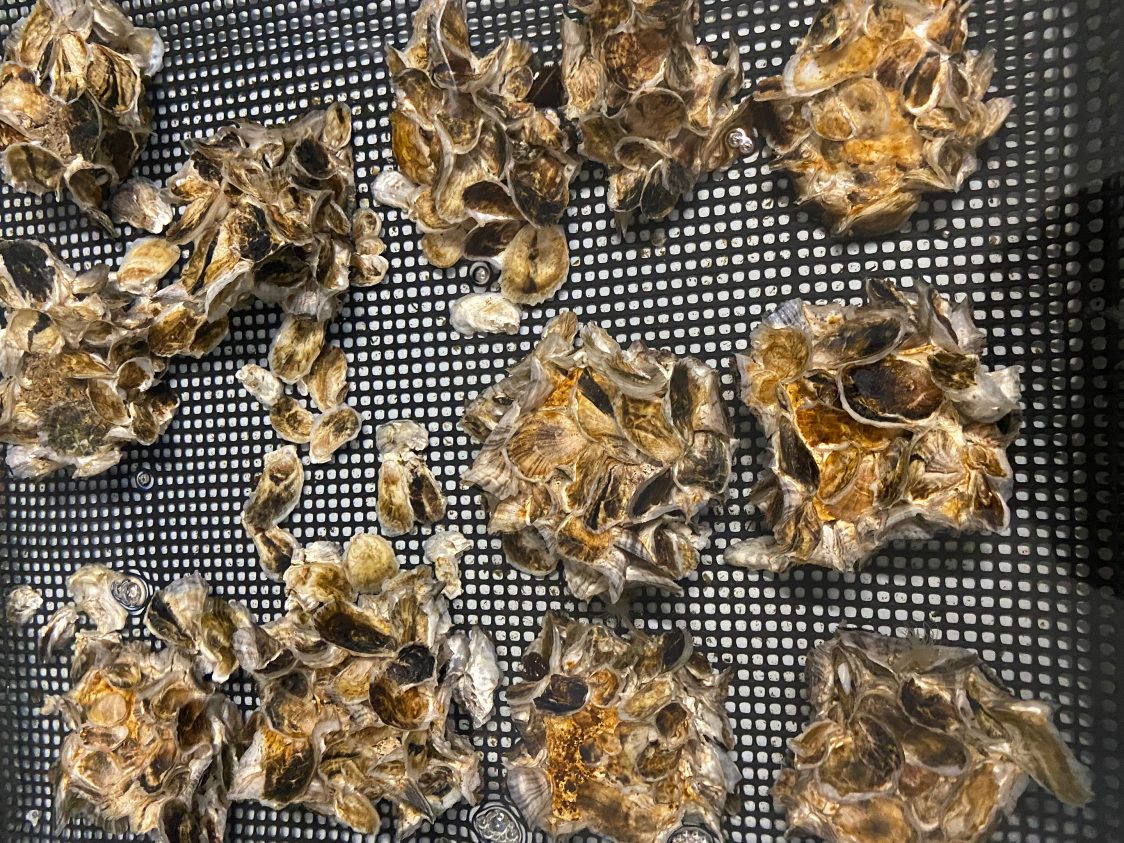Rutgers scientists and high school volunteers from Camden are using nature to mitigate the effects of coastal erosion in southern New Jersey. Together they built a living shoreline, near the New Jersey Aquaculture Innovation Center in Cape May, that uses marsh grasses and recycled oyster and clam shells. The shells, incorporated into modified concrete blocks called oyster castles, fit together like Legos to …
Rutgers Awarded $12.6 Million Grant to Create Oyster Habitat for Coastal Resilience
The university-led project is in response to a broader effort to protect critical coastal civilian and Department of Defense infrastructure and personnel at risk of climate change. Rutgers has been awarded $12.6 million by the Defense Advanced Research Projects Agency (DARPA) to develop an oyster-based shoreline ecosystem to help protect coastlines from storm damage, flooding and erosion. The Rutgers-led project, …
Rutgers Oyster History Preserved!
After longtime Rutgers Haskin Shellfish Research Laboratory (HSRL) associate Walt Canzonier passed away in June 2021, a box containing historic data was returned to the lab. Canzonier had designed and overseen much of the construction of the current lab in Bivalve, NJ, according to professor David Bushek, Department of Marine and Coastal Sciences and director of HSRL. The box contained old weather and tide information …





